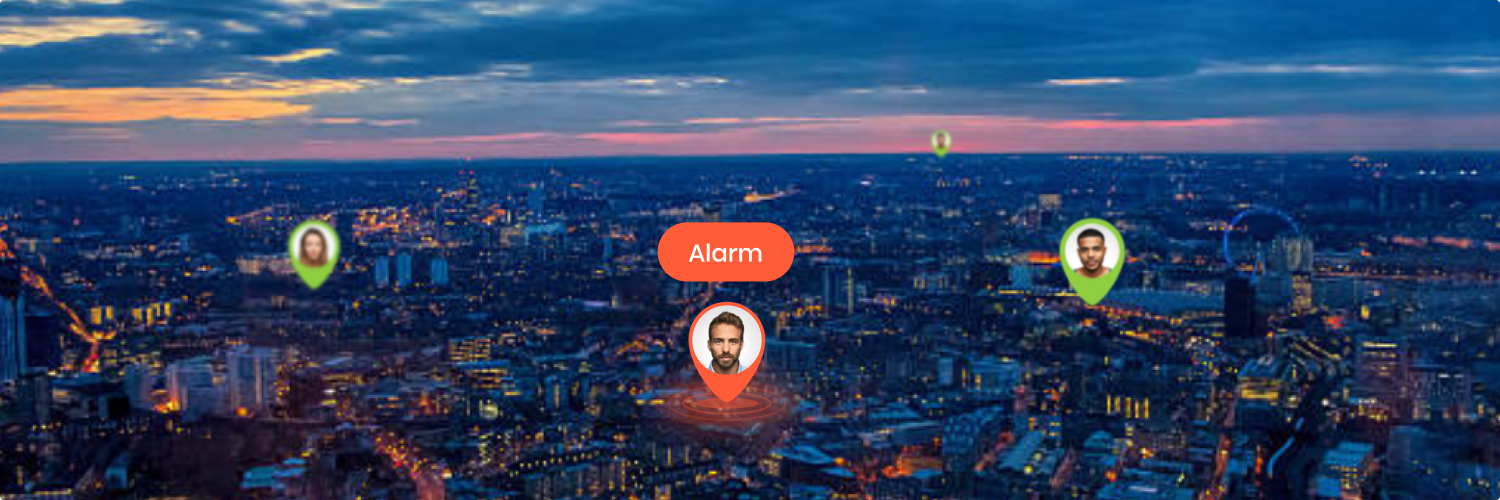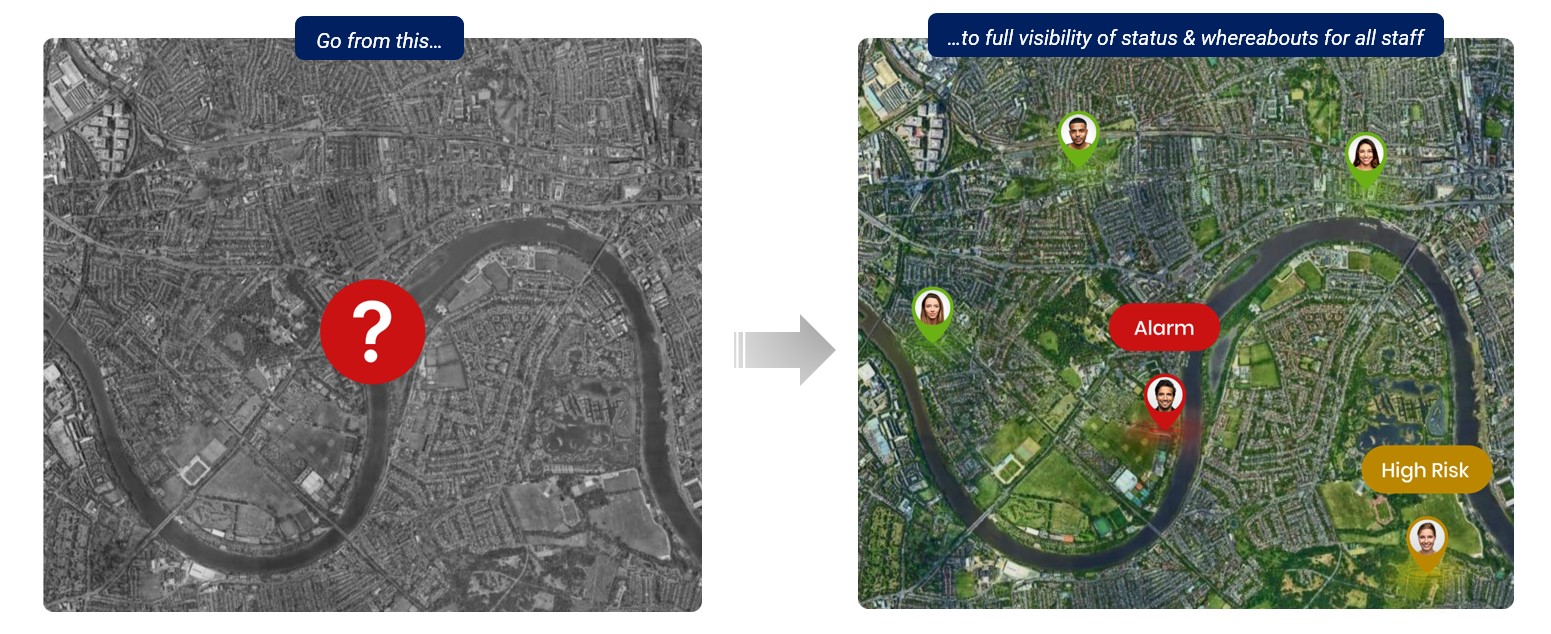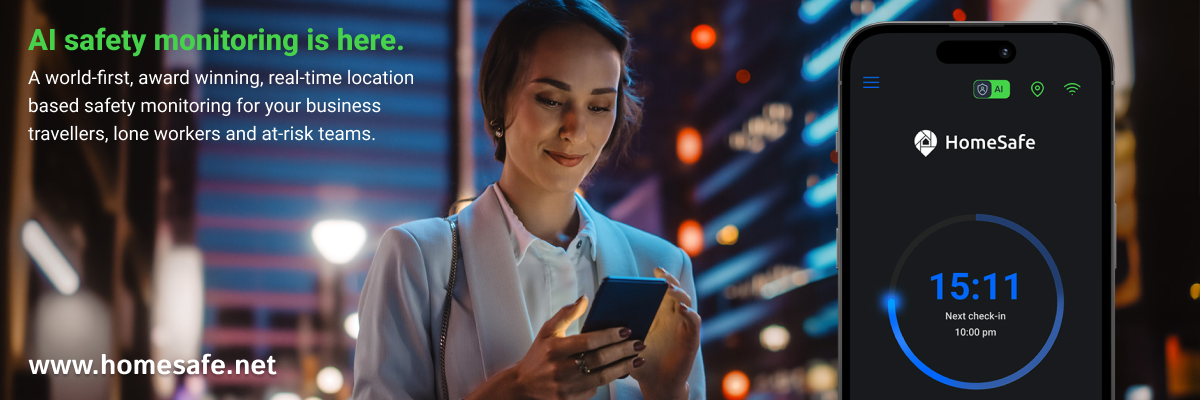
Lone workers come in many different forms and undertake a wide variety of work across the nation every day. Unfortunately, many companies fail to recognise they employ lone workers at all. So let’s begin by clarifying that a lone worker doesn’t need to be physically alone all day. Anyone who undertakes work without close or direct supervision for some part of their day is considered a lone worker by the UK Health and Safety Executive (HSE). Here are some general examples of day-to-day lone working:
- Business travel and commuting between sites;
- Heading out to buy office supplies;
- Visiting customers at their home/office;
- Travelling to events/conferences;
- Undertaking surveys or assessments in public spaces (with other people around);
- Working from home.
Many businesses will have people undertaking one or more of the activities above, although the last one may come as a surprise, however HSE have issued revised guidance which makes clear that organisations continue to be responsible for homeworkers, and such staff fall within the lone working definition. Following COVID-19 and the rise of working from home, more people are now considered lone workers than ever before.
Are organisations liable for lone worker safety?

Lone workers are particularly vulnerable as they may lack support to deal with unexpected issues whilst working. Available statistics show that there were a staggering 688,000 incidents of violence at work in 2019/20 in the UK. When considering other health and safety related issues such as accidents, medical conditions and environmental factors, there can be many risks faced by a lone worker over the course of their working time. It is vital that staff have adequate protection and alerting mechanisms to manage their safety. Whilst it is clearly important to protect individuals, the right systems and working practices also help protect your organisation and avoid penalties under the UK Health and Safety at Work etc. Act 1974 or equivalent legislation in many other countries.
What is preventing widescale adoption of lone worker safety systems?
Aside from correctly identifying lone working, organisations would typically need to dedicate staff time to watch a screen for any incoming alarms, or outsource this duty to an Alarm Receiving Center (ARC). Due to the highly manual nature of work, both in-house monitoring or an ARC represent significant time and cost outlay for organisations needing to implement safety monitoring. Until now however there has been little choice to avoid these large overheads.
A modern solution to safety monitoring
Now, HomeSafe provides an evolutionary leap in how lone-worker monitoring is provided.
HomeSafe is the world’s first and only AI-powered safety monitoring solution for lone-workers, business travellers and ‘at-risk’ teams. The solution uses a unique Artificial Intelligence (AI) to replace the need for manual monitoring, whether that be an ARC, or your own staff needing to be online and constantly watching for alarms. In doing so, it is now possible to remove a major cost and obstacle to the wide-scale adoption of digital lone-working solutions – something that is particularly needed for cost sensitive sectors such as charities, large teams and organisations with ad-hoc requirements.

With the ability to monitor an unlimited number of lone workers, call workers when alarms are raised or check-ins are missed, filter out false alarms and then escalate genuine cases to management, HomeSafe helps you meet your corporate responsibilities whilst providing a simple solution for mobile workers to confirm their safety or quickly get assistance in an emergency. The solution demonstrates your legal commitment to employee safety and wellbeing whilst providing assurance for users, managers, and company Directors.

